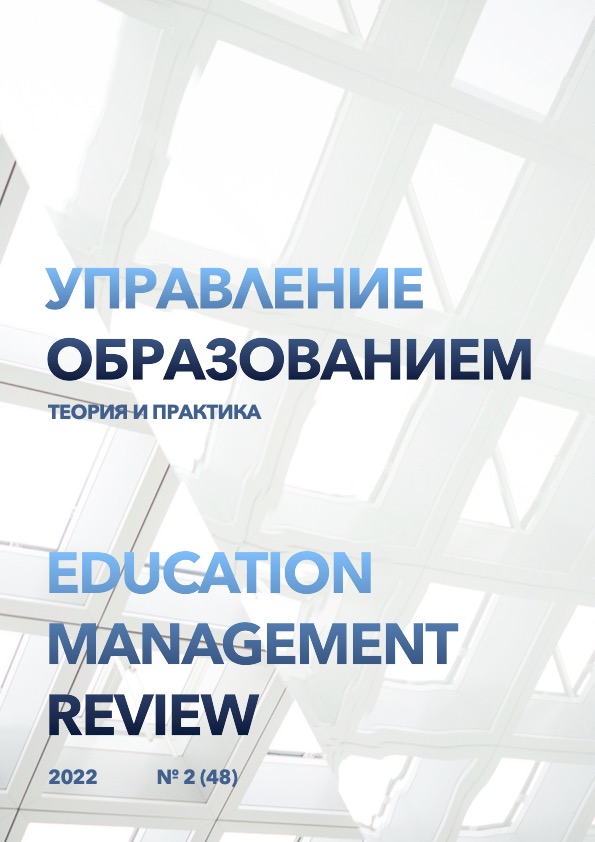Performance and pedagogy of an ensemble of woodwind instruments
DOI:
https://doi.org/10.25726/t5807-7274-9656-fKeywords:
wind instruments, ensemble, performance, trainingAbstract
The clarinet is a relatively young musical wind instrument, which became the successor of historical development and began to be actively used in composing, and therefore in performance (this musical instrument was created in the middle of the XIX century). For our research, a particularly interesting and significant semantic fact is that the use of this colorful-sounding musical instrument began with an ensemble performance, in a group of wind instruments of brass and opera, and later – symphony orchestras. The Russian musical and performing culture developed in parallel with the world genres, so the use of the clarinet was natural in its performing culture, and since the beginning of the twentieth century the clarinet has been used in the performance of jazz music, pop and pop music. In the 20s, an intermediate style appeared between traditional jazz and swing, the so-called Chicago style, in which the flute appears in orchestras (of this musical direction) (among the double bass, piano, guitar). An outstanding performer of the “free jass” style (the 50s - early 60s) was the famous clarinetist Leo Wright, whose playing had a great influence on Russian musicians. In order to implement the methodology of teaching clarinet playing to novice students, a component structure of this type of training was developed, which had such components, namely: cognitive (which reflects the need for collective performance of musical works and the level of mastery of musical-historical and musical-theoretical knowledge), operational-technological (mastery of performance-motor skills and skills, which reflects the process of "transcoding sound images into motor images", which provide the ability to create conditions for joint ensemble activity; regulatory and evaluative (reflects the level of formation of the ability to adequately assess the results of a clarinetist student's own activity aimed at performing musical works).
References
Апатский В. Н. Основы теории и методики духового музыкально-исполнительского искусства: учеб. пособие. Киев: НМАУ имени П. И. Чайковского, 2008. 430 с.
Берлизов Д. А. М. В. Мильман о роли и значении камерного ансамбля в воспитании музыканта-исполнителя // Известия Самарского научного центра РАН. 2009. Т. II. №4(2). С. 523-528.
В классе А. Б. Гольденвейзера // сб. статей / сост. Д. Благой, Е. Гольденвейзер. М.: Музыка, 1986. 110 с.
Камерный ансамбль. Педагогика и исполнительство / ред.-сост. К. Х. Аджемов. М.: Музыка, 1979. 168 с.
Леонов В. А. Школа игры в ансамбле духовых инструментов: Учеб. пособие. Вып. I: Дуэты. Часть I. Ростов-на-Дону: Изд-во Ростовской гос. консерватории им. С. В. Рахманинова, 2014. 62 с.
Методика преподавания камерного ансамбля: учеб. пособие для вузов культуры и искусств / сост. Л. Ф. Коновалова. Кемерово: Фирма «Полиграф», 2004 (РИО КемГУКИ). 96 с.
О мастерстве ансамблиста: Сб. науч. тр. / Ленингр. гос. консерватория имени Н. А. Римско-го-Корсакова / отв. ред. Т. А. Воронина. Л.: ЛГК, 1986 (1987). 143 с.
Попов В. Человеческий голос фагота. Монография. М.: Музыка, 2013. 352 с.
Рампаль Ж.-П. Музыка - моя жизнь / пер. М. Акинфиной. Рукопись, 1989. 214 с.
Специфика и психологические аспекты ансамблевого исполнительства // Вопросы музыкальной педагогики: сборник научно-методических статей / отв. ред. В. С. Белянин. Тольятти: Тольяттинский институт искусств, 2008. С. 63-89.
Усов Ю. А. Сто секретов трубача. М.: Музыка, 2005. 64 с.
Цыпин Г. М. Музыкант и его работа. Проблемы психологии творчества. М.: Сов. композитор, 1988. 382 с.
Юзефович В. Давид Ойстрах. Беседы с Игорем Ойстрахом. Изд. 2-е, испр. и доп. М.: Советский композитор, 1985. 383 с.




